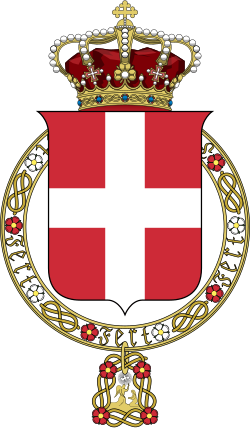Parri government | |
|---|---|
| 64th Cabinet of Italy | |
 | |
| Date formed | 21 June 1945 |
| Date dissolved | 10 December 1945 |
| People and organisations | |
| Head of state | Victor Emmanuel III |
| Head of government | Ferruccio Parri |
| Total no. of members | 16 |
| Member party | DC, PCI, PLI, PSIUP, PdA, PDL |
| History | |
| Predecessor | Bonomi III Cabinet |
| Successor | De Gasperi I Cabinet |
The Parri government of Italy held office from 21 June until 10 December 1945, a total of 172 days, or 5 months and 19 days. [1] The reasons for its short period included the complex problems that Italy was experiencing and the limited capacity of Prime Minister Ferruccio Parri. [2]
